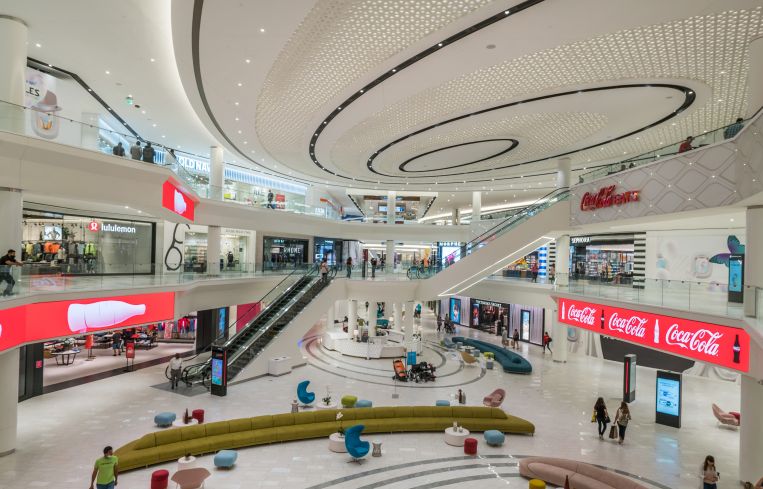Black Friday Shopping Up From Last Year, but Still Off From 2019 Numbers
By Celia Young November 29, 2021 5:17 pm
reprints
Black Friday deals — and the people chasing after them — were still a feature of this year’s long Thanksgiving weekend, even as some retailers weren’t.
Visits to U.S. malls were well above last year, with about 83.5 percent more people visiting indoor malls and 44.5 percent more going to outdoor malls on Black Friday 2021, according to data from analytics firm Placer.ai. That’s after the pandemic forced some mega-retailers, like Lord & Taylor and JCPenney, to file for bankruptcy and analysts heralded the death of the famed discount day.
“Calling out the demise of Black Friday is clearly premature,” Ethan Chernofsky, vice president of marketing at Placer.ai, said in a statement. “While the day did not hit its standard heights, it still marked a huge increase on the rest of the month with visits up over 200 percent for many department store leaders compared to the daily average visits in November.”
But comparing 2020 with 2021 might not be the most telling given the harsh lockdowns most of the nation — and especially New York City — saw last year, according to Kate Newlin, a retail brand consultant and president of Kate Newlin Consulting.
“Oh, we’re up versus 2020. Of course,” Newlin told Commercial Observer. “That’s not a fair comparison, since nobody was out doing anything in 2020. It’s kind of like comparing how fast you could run [now with] when you were 5.”
Even with this year’s huge improvement of in-person visits compared to 2020, they were still below 2019 levels. Indoor malls saw 8.5 percent fewer visits in 2021 compared to 2019, with outdoor malls seeing 9.2 fewer patrons on Black Friday, according to Placer.ai.
CBRE, which sends out an annual survey to 16 malls the company manages in the Western, Eastern and Midwestern regions of the United States, reported that its mall managers were seeing activity at most malls outpacing 2020 and even 2019 levels. But the company didn’t count customers with anonymized phone tracking data like Placer.ai, and instead asked managers and retailers to self-report visits.
It makes sense that malls would see more visitors than last year, as people itch for a chance to get out of the house and back to normal holiday patterns, said Brandon Isner, CBRE’s head of retail research for the Americas region.
“They’re sick of being cooped up at home and they want to get out, they want to see friends. They want to be out with family and retail centers are a place where people do that,” Isner told CO. “I think people just want to get out there — they’re ready to get back into society and start experiencing community again.”
Even in light of a new strain of the coronavirus sounding alarm bells on Wall Street, Isner was optimistic about retail’s future after adapting to the pandemic so far. Retail, over the past 18 months, has been flexible by pivoting to online shopping, in-person shopping or a mix of the two with curbside pickup during the pandemic, Isner said.
CBRE is predicting an 8.4 percent increase in holiday retail sales for the 2021 shopping season, expecting retail purchases from November to December to reach more than $800 billion, according to a company report from mid-November.
Newlin, however, was less sure. Retail is facing many uphill battles, from supply chain issues to staffing shortages, to the health risks people consider when going to shop in person. To stand out, retailers need to ask themselves how to become so attractive that customers would pay just to visit a store itself.
“We’re looking at a social change where we’re not interested in branding ourselves with the latest things — we’re more interested in experience,” Newlin said. “There has to be so much entertainment value, so much experience, that it’s almost theatrical.”
Plus, online shopping has become a learned behavior during the pandemic, and one far more convenient than heading to a traditional brick-and-mortar retailer, leading Newlin to ask if we even need physical retail.
“We’re seeing people leave the workforce. We’re seeing people not want to go back into offices, wanting to continue to work from home — not wanting to get back in high heels [and] suits — and recalibrating what it is we want in our lives,” Newlin said. “I think that’s going to have a mitigating factor as well … Do we need fashion? Do we need the next hit bag? What do we need?”
Celia Young can be reached at cyoung@commercialobserver.com.



